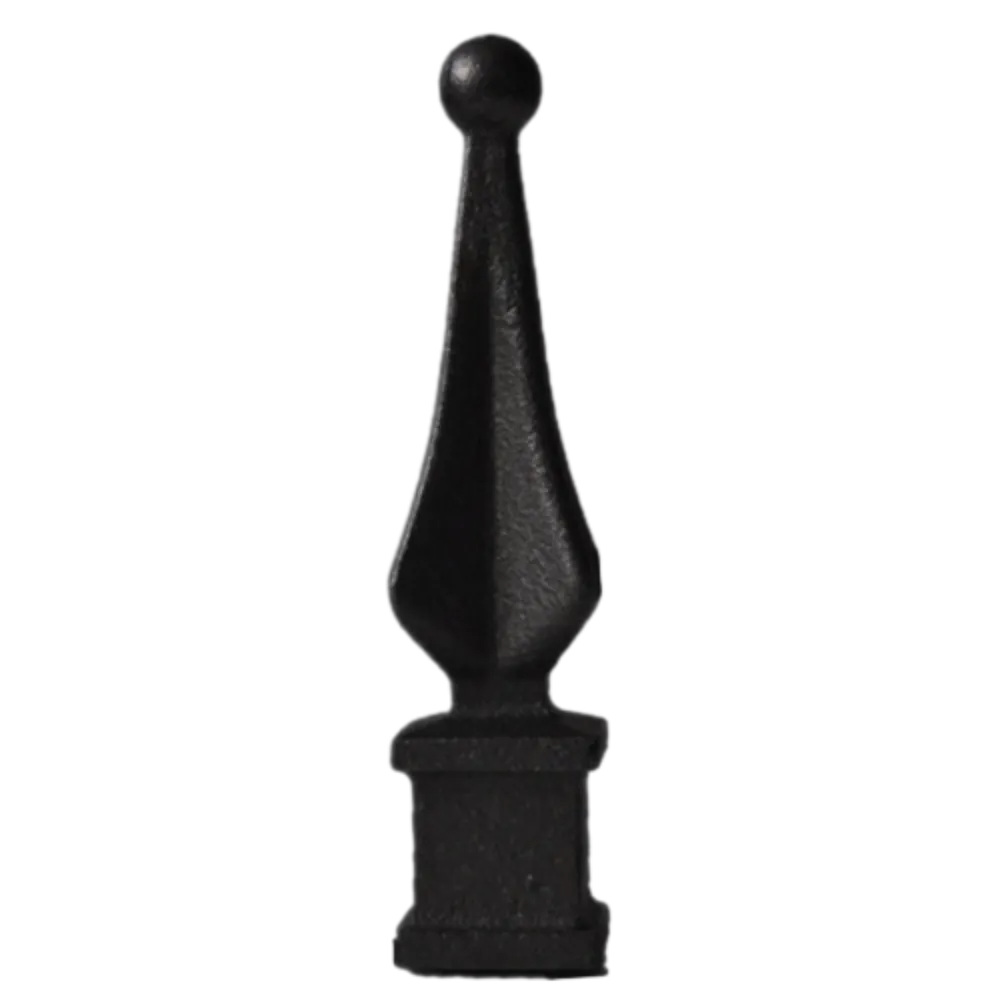Tips for Replacing Sliding Door Wheels for Smooth Operation
Changing Sliding Door Wheels A Step-by-Step Guide
Sliding doors are a popular choice for both interior and exterior applications, offering convenience and space-saving benefits. However, over time, the wheels that allow these doors to glide smoothly can wear out or become damaged. When this happens, it's important to replace them for both functional and aesthetic reasons. This article will guide you through the process of changing sliding door wheels, ensuring your doors operate as good as new.
Understanding Sliding Door Wheels
Before diving into the replacement process, it's crucial to understand the different components involved in sliding doors. The wheels, often located at the bottom of the door, allow it to slide along a track. These wheels are typically made of plastic or metal, and their durability can vary significantly depending on the door's usage and environmental conditions. Signs that your sliding door wheels need replacing include squeaking noises, difficulty sliding, or visible wear and tear.
Tools and Materials Needed
To successfully replace your sliding door wheels, you will need the following tools and materials
- Replacement wheels (specific to your door model) - Screwdriver (usually Phillips or flathead) - Allen wrench (if hex screws are used) - Level (to ensure proper alignment) - Lubricant (for the track) - Clean cloth
Step-by-Step Process
1. Preparation Before starting the replacement process, clear the area around the sliding door to ensure a safe workspace. If possible, have someone assist you by holding the door while you work.
changing sliding door wheels

2. Remove the Door Begin by lifting the sliding door off the track. Most doors can be removed by simply lifting them up and out of the bottom track. Be careful, as sliding doors can be heavy. Place the door on a flat surface, like a couple of sawhorses, to protect it while you work.
3. Inspect the Wheels Once the door is safely positioned, examine the existing wheels. Determine whether they are damaged, worn out, or just dirty. If they are removable, simply unscrew or unclip them from their slots.
4. Replace the Wheels Take your new wheels and attach them to the door in the same position as the old ones. Make sure they are securely fastened, as proper installation is crucial for smooth operation.
5. Clean the Track While you have the door off, take the opportunity to clean the track where the wheels will glide. Use a cloth to remove any dust, debris, or old lubricant that may have accumulated.
6. Lubricate the Track After cleaning, apply a light coat of lubricant to the track. This will contribute to the smooth movement of the sliding door once reinstalled.
7. Reinstall the Door With the new wheels in place and the track prepared, carefully lift the sliding door back into position. Align the wheels with the track and gently lower the door into place.
8. Test the Door Once the door is secured in the track, test its movement. It should glide smoothly without excessive resistance or noises. If there's still difficulty, double-check that the wheels are properly aligned and that there’s no interference in the track.
Conclusion
Changing the wheels on your sliding door may seem daunting, but it is a straightforward process that can be completed in just a few steps. Regular maintenance, including inspecting and replacing worn wheels, can prolong the life of your sliding door and maintain its ease of use. With the right tools and a little patience, you can ensure your sliding door functions perfectly for years to come.
-
Wrought Iron Components: Timeless Elegance and Structural StrengthNewsJul.28,2025
-
Window Hardware Essentials: Rollers, Handles, and Locking SolutionsNewsJul.28,2025
-
Small Agricultural Processing Machines: Corn Threshers, Cassava Chippers, Grain Peelers & Chaff CuttersNewsJul.28,2025
-
Sliding Rollers: Smooth, Silent, and Built to LastNewsJul.28,2025
-
Cast Iron Stoves: Timeless Heating with Modern EfficiencyNewsJul.28,2025
-
Cast Iron Pipe and Fitting: Durable, Fire-Resistant Solutions for Plumbing and DrainageNewsJul.28,2025
-
 Wrought Iron Components: Timeless Elegance and Structural StrengthJul-28-2025Wrought Iron Components: Timeless Elegance and Structural Strength
Wrought Iron Components: Timeless Elegance and Structural StrengthJul-28-2025Wrought Iron Components: Timeless Elegance and Structural Strength -
 Window Hardware Essentials: Rollers, Handles, and Locking SolutionsJul-28-2025Window Hardware Essentials: Rollers, Handles, and Locking Solutions
Window Hardware Essentials: Rollers, Handles, and Locking SolutionsJul-28-2025Window Hardware Essentials: Rollers, Handles, and Locking Solutions -
 Small Agricultural Processing Machines: Corn Threshers, Cassava Chippers, Grain Peelers & Chaff CuttersJul-28-2025Small Agricultural Processing Machines: Corn Threshers, Cassava Chippers, Grain Peelers & Chaff Cutters
Small Agricultural Processing Machines: Corn Threshers, Cassava Chippers, Grain Peelers & Chaff CuttersJul-28-2025Small Agricultural Processing Machines: Corn Threshers, Cassava Chippers, Grain Peelers & Chaff Cutters












